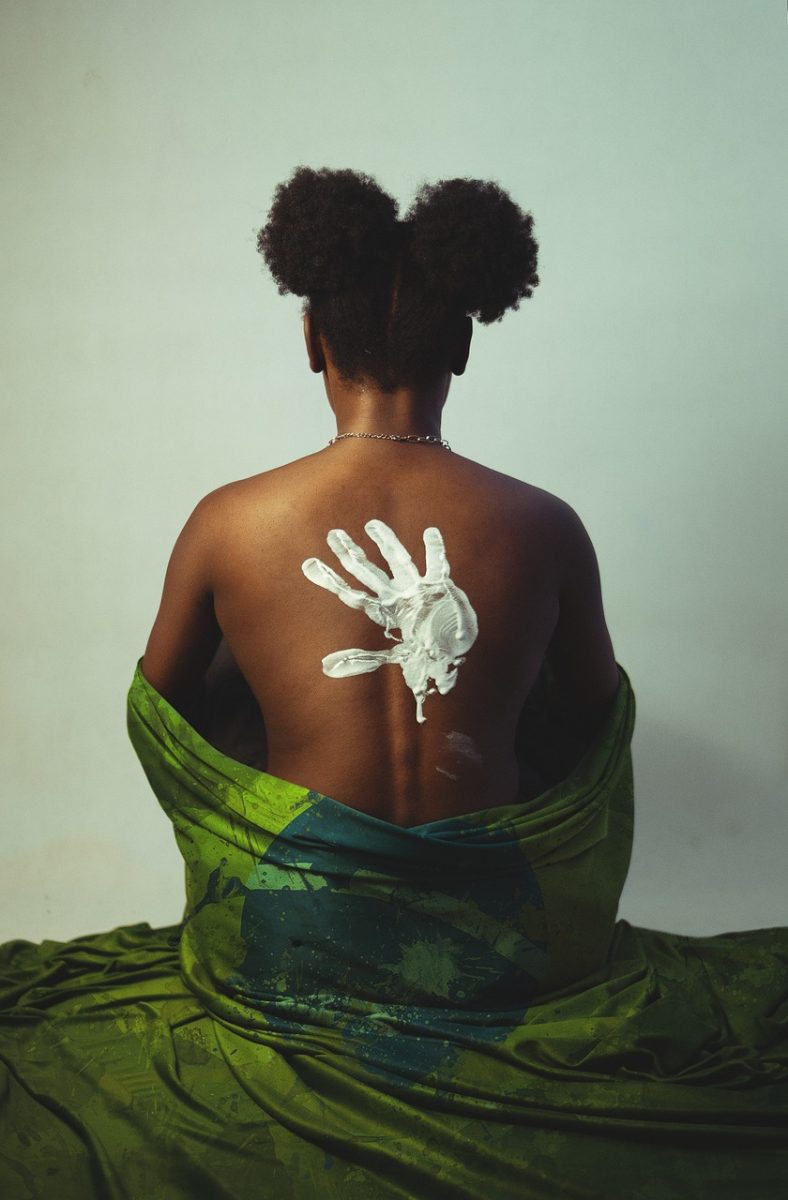In honor of Black History month this February, I got over my perpetual fear of boring non-fiction books and picked up a collection of essays that sought to empower women, titled: “Believe Me: How Trusting Women Can Change the World”. The title caught my eye in the unfamiliar world of non-fiction shelves at the library, so I hurriedly checked it out and brought it home.
The entire book is a masterpiece of a carefully crafted selection of essays written by women from all over the world and from all walks of life, but I chose to focus on one essay in particular, that really drew me in. It begins by describing the horrifying medical abuse that a Black woman faced in her early twenties that scarred her for forever, and only occurred just under 50 years ago. Loretta Ross talks about her history of sexual abuse and the mistreatment that she endured even from her own family— not even a freshman in college, and she’d already faced several situations that culminated in her sexual trauma. To avoid further trauma, she attempted to find escape in a form of birth control known as the Dalkon Shield, which proved later on to be highly problematic— a year after the contraceptive had been inserted, she was whisked to the hospital and underwent a hysterectomy, at just 23, and without her consent. She could have died.
She had previously had several pelvic infections, just months after the IUD was inserted— and instead of properly looking into her concerns, her white, OB-GYN claimed that all she had was some strange STD that she probably caught from sleeping with soldiers returning from the Vietnam War— a baseless claim that eventually resulted in only further pain and medical abuse for her.
This story of abuse sheds light on how not even 50 years ago women (and especially women of color) were forced to endure their pain simply due to their doctors refusing to believe them. Research shows that even today Black women are 3 times more likely to die from issues related to reproductive health than White women; what society needs to realize is that this is not just a coincidence.
The essay continues on to talk about the “father of modern gynecology” James Marion Sims, who had developed a surgery to treat vesicovaginal fistula among other infections, but had done so by exploiting enslaved women who could not give consent. His research consisted of performing multiple surgeries on the same women, and without anesthesia— he would later on continue these surgeries on impoverished Irish women, but for a century his work was seen as revolutionary and his methods not questioned.
The essay reveals how this was the root of medical abuse for women of color— since the beginning of time people of color (especially women) have been seen as lesser than their ‘biologically superior’ counterparts.
This was an especially interesting read and seriously gave me something to think about— Loretta Ross, who went on to advocate for the proper medical treatment of women of color, is an inspiration and role model for generations today, as well as proof of the suffering that Black women have had and continue to face; it is our duty to spread awareness of situations such as these, in hopes of preventing them in the future, and eventually stopping them altogether.














